bunion surgery
Displaying items by tag: bunion surgery
Dr Brandon Nelson, A Board-Certified Physician & Surgeon Discusses Bunion Surgery/Best Long-Term Outcomes
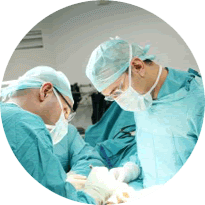
Bunion surgery has been around for over 100 years. Historically, there were about 120 different types of bunion surgeries that could be performed. This has changed over the years as long-term data became available and we could see different outcomes with different procedures. This has shaped bunion surgery and now there are only about 4 commonly used procedures in the United States with 2 of the 4 being the most popular.
The first one is called an Austin bunionectomy. This procedure is executed at the head of the 1st metatarsal. It involved cutting the bone and realigning the joint. It is usually secured with 1 or 2 screws. Most patients can walk on this in a boot following surgery. The average time to heal is typically 4-8 weeks. This procedure is primarily reserved for smaller bunions. It is the most popular bunion procedure done to date.
However, some of us surgeons that do a lot of bunion surgery have been utilizing a procedure called the Lapidus bunionectomy. It is a little more technically challenging but has better long-term outcomes. This type of bunion correction holds up the best and is best for people with large bunions or young children. Recently Treace Medical has come out with a system to make the Lapidus easier and more reproducible for surgeons. This system is called Lapiplasty. I have found it can be helpful and is getting a lot of traction in health care currently.
If you have bunion pain I can help, call to make an appointment with me at 425-391-8666 or fill out a contact form online.
Sincerely,
American College of Foot & Ankle Surgeons
Dr Brandon Nelson, A Board-Certified Physician & Surgeon Discusses How The Lapiplasty Bunion Surgery Could Be Right For You
.jpg)
Bunion surgery has been utilized for more than 100 years. Recent advances in bunion surgery have created better outcomes and faster recoveries. I have been practicing now for 15 years and have not seen such a revolutionary product come to the market before. The lapiplasy system has changed bunion surgery for the better.
Lapiplasty has created a unique set of instruments to create reproducible outcomes. Previously surgeons relied on resecting bone without the use of cutting guides. The Lapiplasty system has guides and reduction clamps to get the same amount of correction every time. This has changed long-term results, making them more reliable with time.
Recovery has also changed. In the past patients could be non-weight bearing for up to 8-10 weeks. This new system often allows patients to bear weight at 2-4 weeks. Bearing weight sooner allows for improved function and less atrophy.
Lapiplasty is by far the most successful bunion surgery technique I have seen. If you are experiencing bunion pain, I can help call to make an appointment with me at 425-391-8666 or contact us online.
Sincerely,
American College of Foot & Ankle Surgeons
Dr Brandon Nelson, A Board-Certified Physician & Surgeon Discusses Things You Need To Know About Bunion Surgery
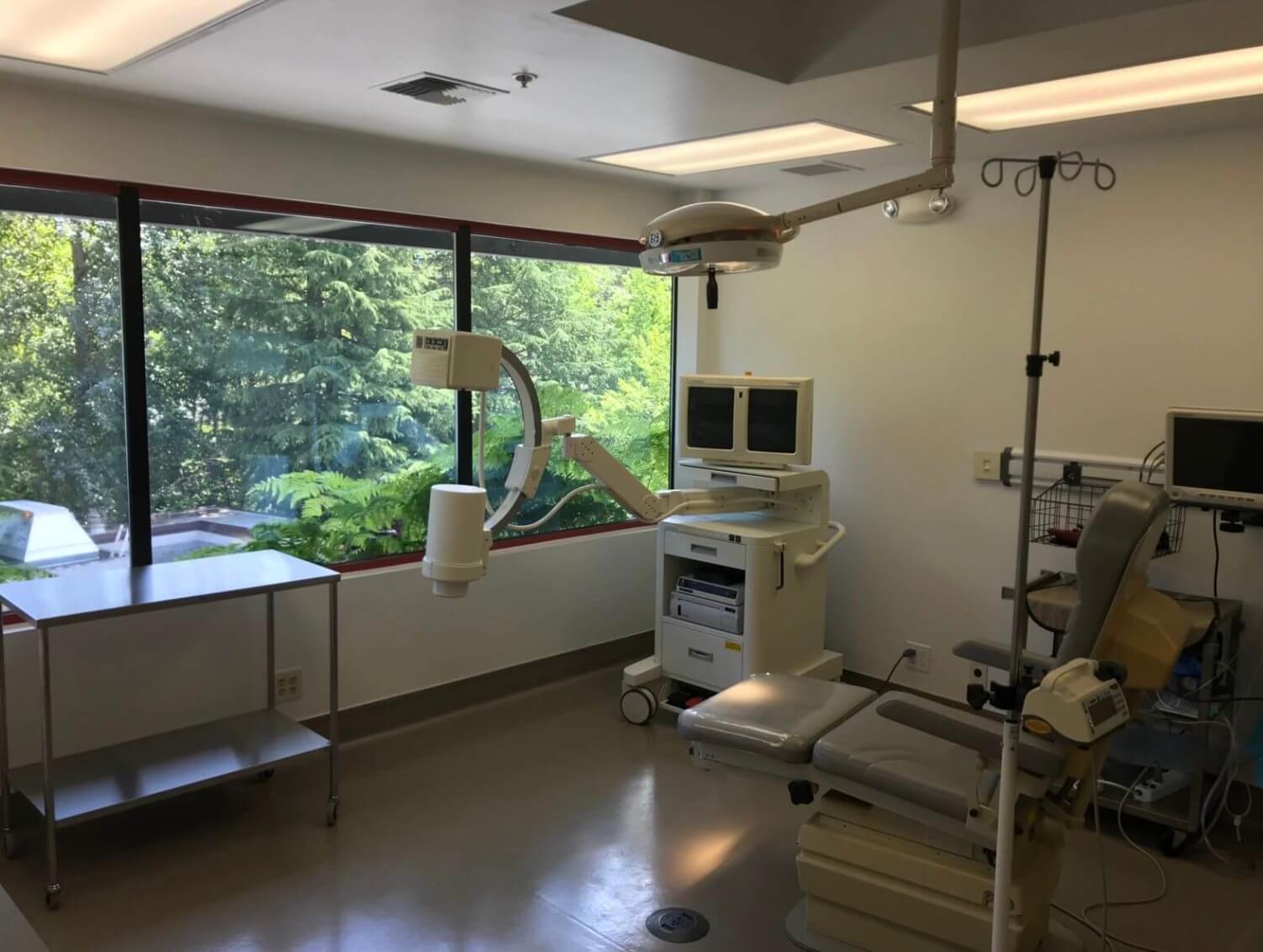
Surgery in general can be an overwhelming endeavor. There are often a lot of new instructions, medications, and appointments to keep track of. I have a few recommendations that can be helpful for anybody undergoing bunion surgery.
One of the first things to do is make a list. I love it when my patients show up with a list of questions at their pre-op appointment. This helps to make sure all topics are covered, and nothing is a mystery come surgery day. In that list often is a shopping list is helpful things like bandages, supplements, otc medications and healthy foods.
Getting a base of operation set up before surgery can help with easing the recovery. I recommend a place on the 1st floor if you have multiple levels. Somewhere that is close to the bathroom and is relatively quiet to aid in recovery. Ideally you have room for your post-op supplies nearby. It is also nice to have something in the room to help pass the time like a TV or music.
Personal hygiene is another area to touch on. I find it helpful for my patients to have some sort of stool to sit on in the shower. This helps reduce pressure on the operated foot. Additionally, if you are non-weight, bearing a toilet seat can be helpful. Practice, practice, and practice have some dry runs of showering and using the toilet before surgery to see if you need any other items. I think it is trickier than most of us remember to be off one foot.
Lastly a few miscellaneous tips;
1. Couch potato for the first 72 hours.
2. Elevating makes a big difference in long term swelling.
3. Take any recommended supplements.
4. Do not change the dressings unless instructed.
5. Lots of fluids.
6. Take a stool softener.
I hope these were helpful. If you are experiencing bunion pain, I can help call to make an appointment with me at 425-391-8666 or contact us online.
Sincerely,
American College of Foot & Ankle Surgeons
Dr Brandon Nelson, A Board-Certified Physician & Surgeon Discusses Key Steps in the Lapiplasty Bunion Procedure

Bunion surgery has been performed for years and many different types of surgical techniques exist. The last few years a newer procedure called the Lapiplasty has been pushed to the forefront of surgical correction. It involves previously researched correction techniques combined with a newer jig for bone cuts. It is the fastest growing bunion surgery in the United States. There are a few key steps that make a difference in the correction that must be carefully followed.
The first key step is freeing up the joint so it can be rotated in 3 different planes to correct the triplane bunion deformity.
The second involves making sure to release and mobilize soft tissue around the big toe.
Next provisional reduction needs to be done and fixated with a clamp to apply the cutting jig. Once the correction is obtained the jig is placed and the bone is cut.
The wedges of bone are removed, and the joint is fenestrated to promote fusion and graft can be placed.
The joint is then compressed, and correction again obtained, and fixation occurs with plates and screws.
The advantages of this system are reproducibility and stable fixation which allows earlier weight bearing.
If you have a bunion and are in pain, I can help. Make an appointment with me today at 425-391-8666 or fill out a contact form online.
Dr Brandon Nelson
Issaquah Foot and Ankle Specialists
Dr Brandon Nelson, A Board-Certified Physician & Surgeon Discusses Bunion Surgery, The Lapiplasty
.jpg)
Surgery for a bunion is most used for long term correction, meaning realigning the bone for the foot to function in a stabilized fashion. Many bunion surgeries are what is called a head procedure. This is when the metatarsal head is cut and pinned or screwed in place. The procedure itself is straightforward and can usually be done in under an hour. The average person will be walking the entire post operative phase and can be in a normal shoe in 4-6 weeks typically.
Should I fix my bunion?
I think the answer to this question is does it hurt or do you have a hard time fitting in shoes or doing the activities you enjoy because of the bunion? Most people with a bunion at some point will answer yes to this question and that is a good time to think about fixing it. The other consideration is do other parts of my foot hurt because of the bunion or are my toes changing position because of my bunion? Again if this is happening now maybe the time to fix it.
Is Surgery going to hurt?
Yes, surgery is going to be uncomfortable. However, we work very closely with our post-operative patients to make sure their pain is well controlled during recovery. It is imperative that patients get a head of the pain and take all medications that are prescribed.
How long does it take to recover?
This is a harder question to answer. There are many factors that lead to recovery but in general. Some patients are walking on their feet immediately and some must wait weeks. The return to shoe can be as early as 4 weeks or longer like 10-12 weeks. Most sports or activities have no limitation at 3 months.
Does bunion surgery need to be done at the hospital?
A lot of surgeons still use the hospital or outpatient surgery center for bunion surgery. These facilities can be very expensive. My practice has a surgical suite which saves large amounts of money and time for every patient.
If you have a bunion and are in pain, I can help. Make an appointment with me today at 425-391-8666 or fill out a contact form online.
Sincerely,Dr Brandon Nelson
American College of Foot & Ankle Surgeons
Dr Brandon Nelson, A Board-Certified Physician & Surgeon Discusses Bunion Surgery and How to Recover Faster
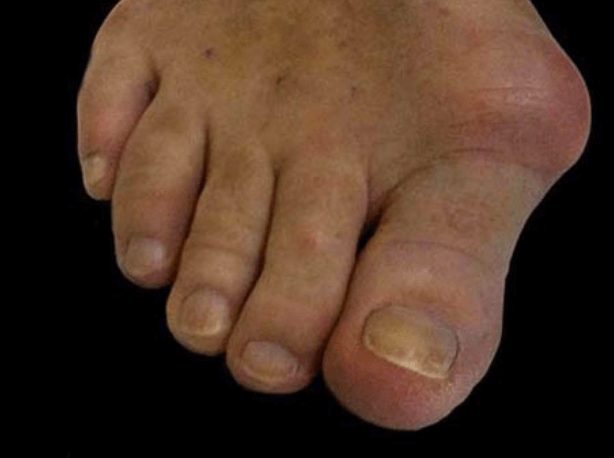
Bunion surgery is one of the most common procedures done in the United States. It is recommended most of these are done in an outpatient setting and patients can go home the same day. Most procedures are done in about 2 hrs and patients can walk in a protective boot. Most bunion procedures involve cutting bone or realigning joints.
Since bone is cut it is important to take calcium or a bone healing supplement. These can help decrease healing time and make recovery much easier. Additionally, I like my patients to use a bone stimulator and remain home for the first couple days. Sacrificing a little time on the front end of the surgery can make recovery much easier. Another supplement like collagen can help with skin healing and provide better scar appearance.
The vast majority of bunion surgeries can be done in our office. A mild anesthetic and a little bit of local anesthetic will provide enough comfort to sleep right through the procedure. Having it done in our office setting, in a sterile environment, provides large cost savings and time savings for patients.
If you have a bunion and are in pain, I can help. Make an appointment today with me at 425-391-8666 or contact us online.
Sincerely,
Dr Brandon Nelson
American College of Foot & Ankle Surgeons
Dr Brandon Nelson, A Board-Certified Physician & Surgeon Discusses The Reason To Have a Lapiplasty Bunionectomy
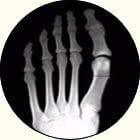
Bunions can be extremely painful and limiting to one’s activities. It is hard to find shoes, especially comfortable shoes. Bunions continue to grow and become difficult to manage. I have seen large and small bunions that are painful. Most bunions end up requiring surgical repair.
I see a lot of patients that have been deciding whether or not to fix their bunion. I ask all my patients the same things, is it painful, does it interfere with life and is it getting bigger? These seem to be all good reasons to fix your bunion. Fixing your bunion has never been easier. The Lapiplasty is one of my most favorite procedures as it provides reproducible results and long lasting correction. Most patients can begin to weight bear at 2 weeks and return to activities much sooner than previous procedures.
If you have a bunion and have been contemplating having it fixed I can help. I have an onsite surgical suite making it more convenient and saving both time and money. Make an appointment today at 425-391-8666 or fill out a contact form online and we'll reach out to you.
Sincerely,
American College of Foot & Ankle Surgeons
Dr Timothy Young, a Board Certified Foot Surgeon on: Should I Get Bunion Surgery? Part 3
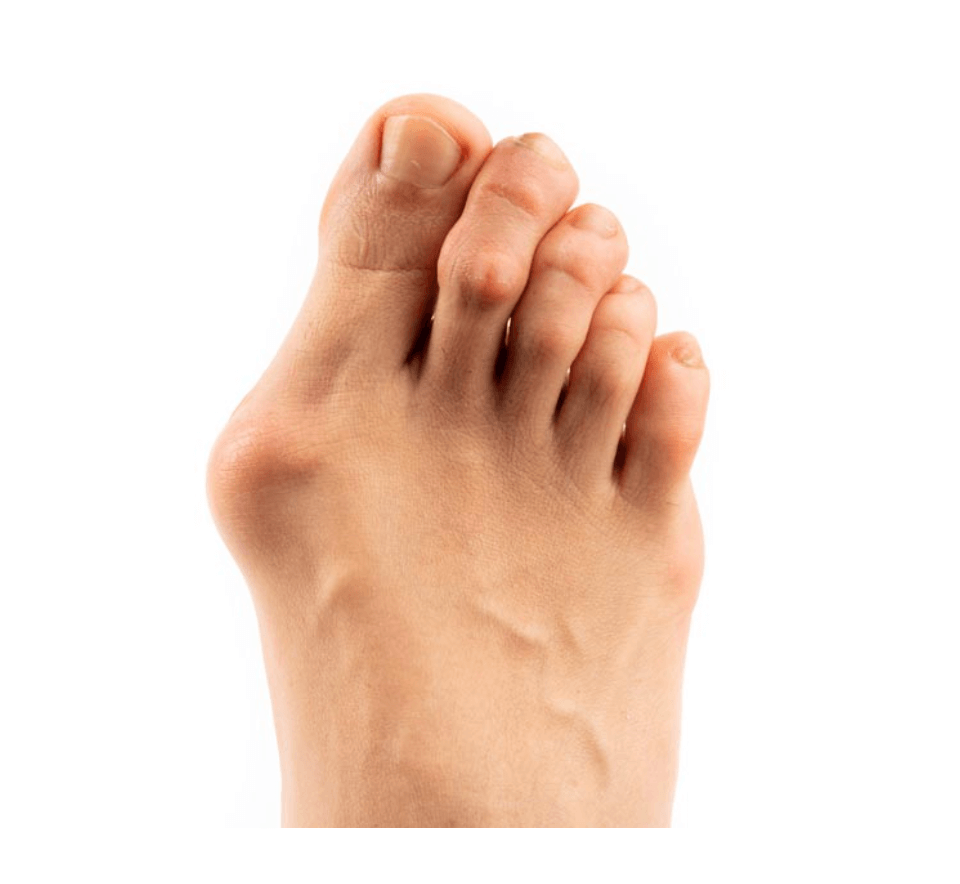
Dr Timothy Young, a Board Certified Foot Surgeon on: Should I Get Bunion Surgery? Part 3
Second Opinions: Obtaining a additional opinion is often recommended before making a decision about any surgery. Seeking the advice of another board certified foot surgeon can help validate the initial recommendation and provide additional insights. It also allows you to compare treatment approaches, potential outcomes, and associated risks.
Conclusion: Deciding whether or not to have bunion correction surgery is a choice that should be based on a combination of factors, including the extent of your symptoms, how fast the bunion is progressing, the impact on your daily life, and the potential risks and benefits. It's crucial to consult with a board certified foot surgeon who can evaluate your specific case and provide professional advice tailored to your needs. Remember, bunion surgery should be considered after conservative treatments. By carefully weighing the pros and cons and seeking expert opinions, you can make an informed decision regarding bunion corrective surgery that aligns with your personal needs and goals.
If you are experiencing foot or ankle pain, give us a call at 425-391-8666 or make an appointment online today.
Dr Timothy Young, A Board Certified Foot Surgeon On: Should I Get Bunion Surgery? Part 2

Dr Timothy Young, A Board Certified Foot Surgeon On: Should I Get Bunion Surgery? Part 2
Severity and Symptoms: The severity of your bunion and the related symptoms play a significant role in the decision-making process. If your bunion causes persistent pain, limits your ability to exercise or comfortably walk, or if it interferes with your daily life, surgery may be a viable option. Also if the bunion condition is progressing. Consulting with a qualified foot surgeon can help assess the severity of your bunion and provide guidance on the best course of action.
Benefits and Risks: Like any surgery, a bunion surgical procedure carries both risks and benefits. Risks can include infection, stiffness of the joint, nerve damage, recurrence of the bunion, or dissatisfaction with the cosmetic outcome. Conversely, the benefits can be significant, such as pain relief, improved foot function, and the ability to wear a wider range of footwear comfortably. Understanding and reviewing the potential risks and benefits with your foot surgeon is crucial in making an informed decision.
Lifestyle Considerations: Another important factor to consider is your lifestyle. Bunion surgery usually requires a period of recovery, during which you will need to limit your activities and wear special footwear or a boot. If you have an active lifestyle or have demanding work requirements, you should consider timing and how the recovery period could affect your daily activities. It's important to discuss these considerations with your surgeon to determine the most appropriate timing for the foot surgery.
If you are experiencing foot or ankle pain, please give us a call at 425-391-8666 or make an appointment online today.
Dr Timothy Young, a Board Certified Foot Surgeon on: Should I Get Bunion Surgery?

Dr Timothy Young, a Board Certified Foot Surgeon on: Should I Get Bunion Surgery? Part 1
Bunions, are a common foot deformity, they can cause pain and discomfort, affecting your daily activities, exercise and overall quality of life. If you're suffering from a bunion, you may have considered the option of bunion correction surgery. However, deciding whether or not to proceed with surgery is a choice that requires careful consideration. In this blog post, I will explore the factors you should take into account when deciding whether to get bunion surgery.
Understanding Bunions: Before considering the decision-making process, it's important to understand what bunions are. A bunion is a bony bump at the base of the great toe, and the deformity also causes the great toe to deviate outward. This condition often leads to pain, inflammation, and challenges in finding comfortable footwear. Bunions can be caused by various factors, including genetics, footwear choices, and certain medical conditions. In most cases, you inherit a foot structure that is prone to developing the bunion.
Conservative Treatments: When considering bunion surgery, you want to explore conservative treatments first. Non-surgical approaches may include changing shoes, using prescription orthotic inserts, applying ice or heat, taking over-the-counter pain relievers, and doing exercises to improve foot strength and flexibility. These methods can provide relief for mild to moderate bunions, and surgery should be considered when conservative measures do not provide relief.
If you are experiencing foot or ankle pain, give us a call at 425-391-8666 or make an appointment online today.



